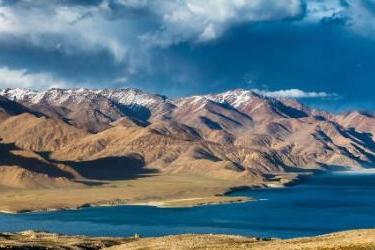The Nature Communications has published a research report titled ‘Timing the first emergence and disappearance of global water scarcity.’
It has been authored by Junguo Liu, Delong Li, He Chen, Hong Wang, Yoshihide Wada, Matti Kummu, Simon Newland Gosling, Hong Yang, Yadu Pokhrel & Philippe Ciais.
Timing the first emergence and disappearance of global water scarcity
https://www.nature.com/articles/s41467-024-51302-z
The abstract of the report:
Alleviating water scarcity is at the core of Sustainable Development Goal 6. Yet the timing of water scarcity in its onset and possible relief in different regions of the world due to climate change and changing human population dynamics remains poorly investigated. Here we assess the timing of the first emergence of water scarcity (FirstWS) and disappearance of water scarcity (EndWS), by using ensembles of simulations with six Global Hydrological Models under two representative concentration pathways (i.e., RCP2.6, RCP6.0) combined with two shared socioeconomic pathways (i.e., SSP2, SSP3) for 1901–2090. Historically (1901–2020), FirstWS occurred predominantly in Asia (e.g., China and India) and Africa (e.g., East Africa); the peak time of emerging water scarcity began around the 1980s. Under all the four future RCPs-SSPs scenarios (2021–2090), FirstWS will likely occur mainly in some regions of Africa, for which the newly added area is double that in Asia. On the other hand, EndWS will mostly occur in China after 2050, primarily due to the projected declining population. We, therefore, call for specific attention and effort to adapt to the looming water scarcity in Africa. /// nCa, 21 August 2024
